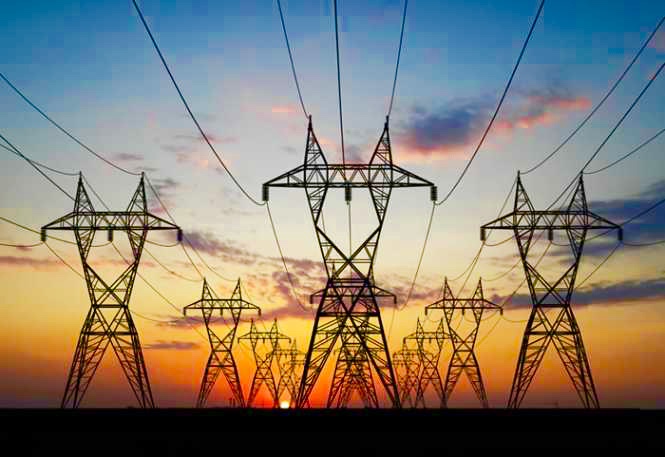Power hurdles have continued to plague Zambia with the average household going 8-12 hours with no electricity. Dam levels at the Kariba have reached alarming lows. Over 56% of maize planted has been destroyed raising food security fears. The currency is trading north of K27.5 for a unit of dollar fueling cost of living worries. Both cost push and demand pull factors are at play. Business pulse continues to be in the doldrums on rising input prices.
May inflation in Africa’s copper hotspot Zambia, has sprinted by a 0.9% quantum to 14.7% as energy and food prices widen on drought effects. The Southern African nation grapples with climate induced electricity bottlenecks and agriculture output decline. More recently, the central bank raised its key interest rate 100 basis points to 13.5% in its May session while cash reserves were scaled 9% to 26% on 05 February in response to a weakening currency that at the time was flirting with lows of K27 for a dollar.
READ ALSO: Liquidity Concerns Dampened Appetite in Last Friday’s Bond Sale
Zambia faces headwinds key of which is foreign exchange supply that is breeding liquidity constraints that have given the Kwacha a negative cue. Muted mining production has been key driver of the supply side of forex. Much as currency deprecation has been a source of inflationary pressure, scarcity of maize and petroleum price pressures have exacerbated the problem. More recently, the energy regulation board hiked fuel prices between 10-14% while electricity tariffs were adjusted 10% higher as part of a business review towards cost reflective tariffs. However the hike was temporarily suspended. Foreign exchange risks have persisted with the copper currency trading a few points below the K28 per green back mark.
Zambia is on the cusp of digging itself out of external debt to reverse the negative tag of being the first African nation to default on its Eurobonds in COVID-19 pandemic era. The red metal producer is as good as complete with restructuring its Eurobond outstanding stock. Ninety percent (90%) of bond holders have nodded the obligation reorganization proposal that will see fresh issuance of two fixed income assets maturing 2033 and 2053 respectively. This was determined ahead of the consent solicitation request on the London Stock Exchange scheduled for 04 June. This will leave the Southern African nation with 23% of debt amounting to $3.4 billion of non bond holder obligations to wrap up on.
THE CURVE INVERSION DELAY ON KWACHA GOVIES
Zambia’s drought situation revealed a budget funding gap of K23.4 billion to absorb the shock effects. However the streak of under-subscriptions of government security sales, has marred the financial sector sending shivers around widening gaps in the states fiscal purse. With an elevated statutory reserve ratio, markets remain net short resulting in depleted purchasing power to satisfy bids for assets leading to dismal outcomes both on the short and long end of the Kwacha term structure of interest rates.
Given the level of foreign exchange risks and headwinds Zambia faces, market analysts believe that yields need to adjust higher, potentially into the 30% range, to correct asset pricing. We find that Kwacha government securities, particularly at the shorter end of the curve, are overpriced for the current yield levels. Rising inflation further erodes and narrows the premiums for taking sovereign risk. The recent headline inflation rate of 14.7% has rendered Kwacha government securities, 0.9% more unattractive for local investors seeking yield.
Analysts also suggest that if the government is concerned about securing long-term financing at high yields in the 30% range, they might consider compromising on the shorter end. Allowing yields at the shorter end to rise above 20%, and potentially as high as 25% to 30%, could be a strategic move.
Other threats that could be on the horizon include a potential downgrade on the local currency long term issuer rating on account of drought induced headwinds. These factors continue to strain the sovereigns fiscal position.
Rising inflation widens the odds of more rate hikes to year end. Despite revision of the interbank foreign exchange market rules (IFEM) the Kwacha continues to bear the brunt of depreciation. Additional cash reserve upward adjustment odds remains moderate given the growth pressure the copper producer is entangled with.
The Kwacha Arbitrageur

